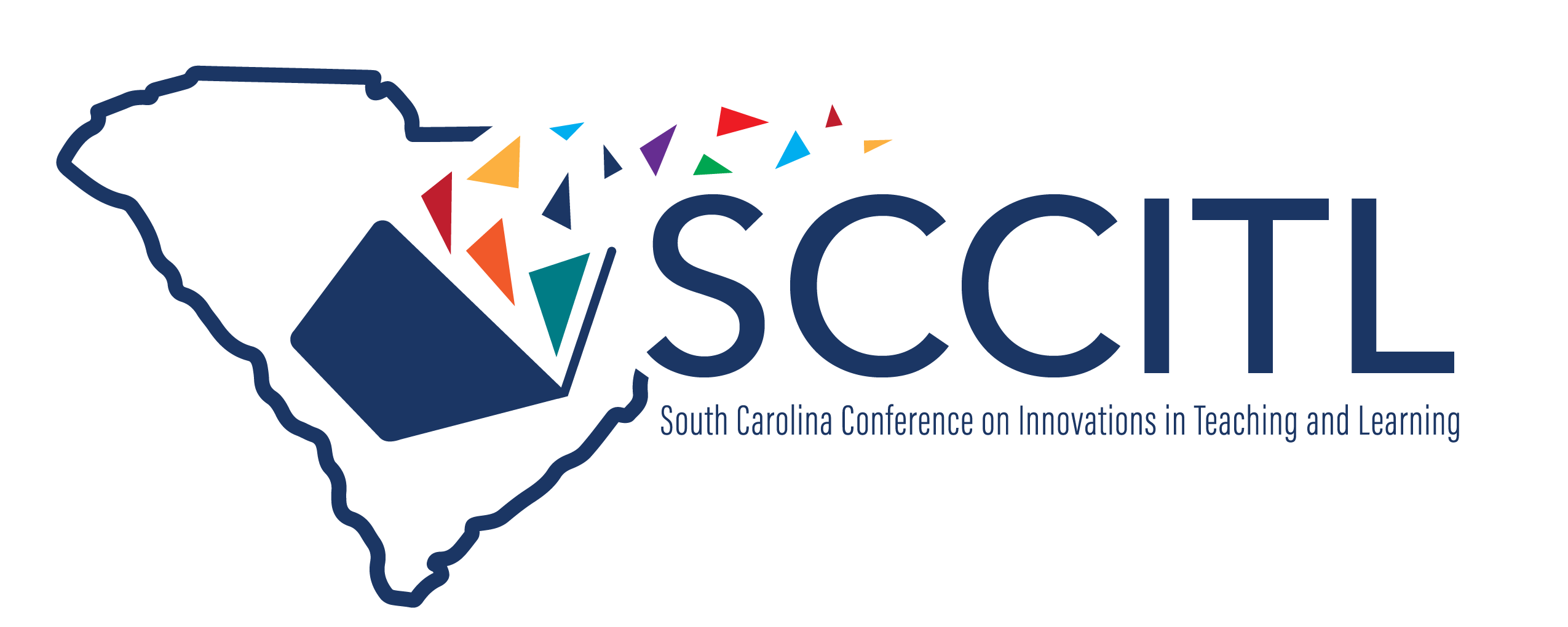Larger Problems Need Larger Groups
Proposal Format
20-minute Presentation
Track Choices
Contemporary Issues in Teaching and Learning
Abstract
To expand the types of research questions that can be addressed while simultaneously improve the development of students understanding the size of my research group was increased. The incorporation of a diverse research group with students from a wide range of majors and disciplines allows for the development of a training and mentoring structure. The larger research group allows for the creation of a flexible learning environment for students which provides opportunity for individual, peer, and group instruction. This approach also facilitates the development of a wider variety of skills. And finally, this structure allows the group to address complex interdisciplinary research questions. This structure was inspired by and modeled after the Vertically Integrated Projects. This presentation will describe the inspiration and initial implementation of this approach to structured research curriculum.
Keywords
CURE, teacher/scholar, research
Speaker Bio
Drew Budner earned a B.S. degree in chemistry from Adams State University and a Ph.D. degree in analytical chemistry from South Dakota State University. He taught at Whitworth University from 2006 to 2013 and Coastal Carolina University from 2013 to the present. He was promoted to Associate Professor in 2020. His research interests are varied and include the improvement of student learning within the chemistry classroom, student motivation and time management as well as the analysis of beer, kombucha, and honey.
Larger Problems Need Larger Groups
Penny Hall, 310
To expand the types of research questions that can be addressed while simultaneously improve the development of students understanding the size of my research group was increased. The incorporation of a diverse research group with students from a wide range of majors and disciplines allows for the development of a training and mentoring structure. The larger research group allows for the creation of a flexible learning environment for students which provides opportunity for individual, peer, and group instruction. This approach also facilitates the development of a wider variety of skills. And finally, this structure allows the group to address complex interdisciplinary research questions. This structure was inspired by and modeled after the Vertically Integrated Projects. This presentation will describe the inspiration and initial implementation of this approach to structured research curriculum.


